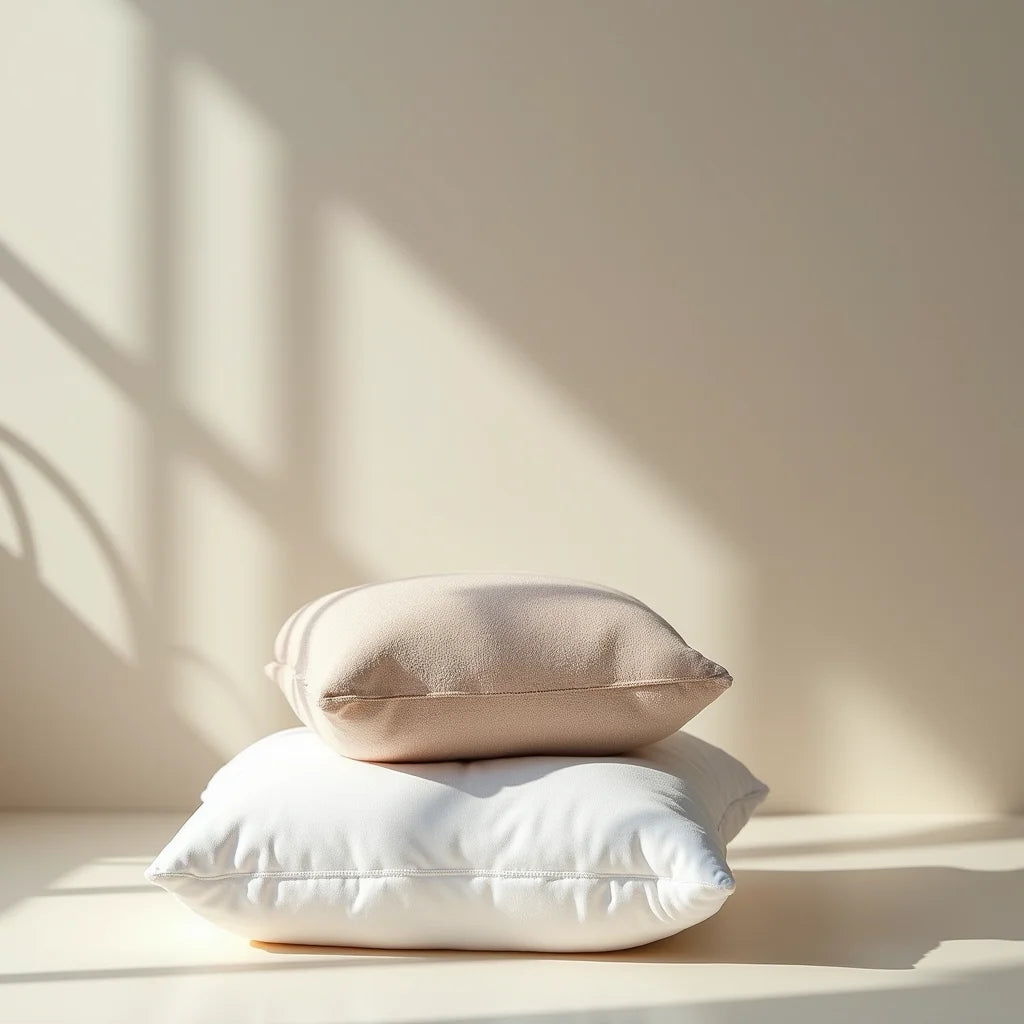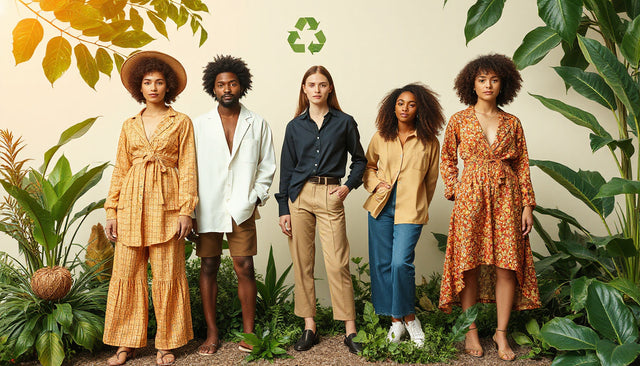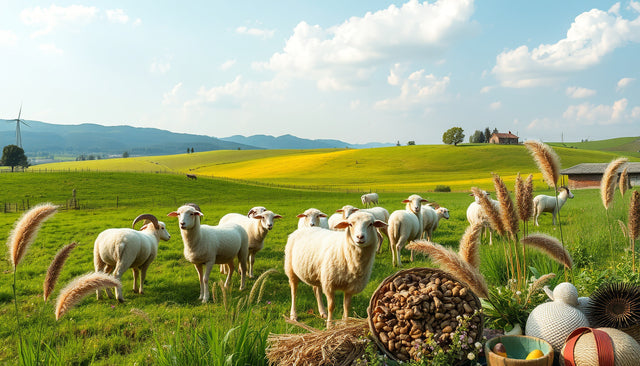Updated on: 2025-10-25
Table of Contents for Organic Cotton Wear
- Why Organic Cotton Wear Matters in Sustainable Fashion
- Buyer’s Checklist for Organic Cotton Wear
-
Step-by-Step Guide to Selecting and Caring for Organic Cotton Wear
- Step 1: Define Intended Use and Fit Preferences
- Step 2: Verify GOTS Certified Cotton and Label Details
- Step 3: Evaluate Fabric Weight, Handfeel, and Construction
- Step 4: Review Ethical Manufacturing and Supply Chain Transparency
- Step 5: Compare Price to Expected Wear-Life
- Step 6: Establish a Care Routine to Extend Longevity
- Step 7: Build a Versatile Organic Cotton Wardrobe
- FAQ on Organic Cotton Wear, GOTS Certified Cotton, and Care
- Closing Thoughts on Organic Cotton Wear and Next Steps
- About the Author on Organic Cotton Wear
Why Organic Cotton Wear Matters in Sustainable Fashion
Organic cotton wear has become a cornerstone of sustainable fashion because it reduces chemical inputs, supports more responsible farming practices, and delivers dependable comfort and durability. Within the first look and feel, organic cotton clothing and organic cotton apparel often stand out for their soft handfeel and reliable breathability. For buyers, the key is knowing how to separate genuine, certified products from unverified claims, so that each purchase aligns with environmental values and long-term value. This article explains standards, construction details, and care rituals that help organic cotton wear perform well over time.
Buyer’s Checklist for Organic Cotton Wear
Use this concise checklist to evaluate any piece of organic cotton wear, from tees to totes:
- Certification: Look for GOTS certified cotton or comparable third-party verification printed on the label or product page.
- Fiber Content: Confirm a high percentage of organic cotton. Blends should list percentages clearly.
- Fabric Weight: Choose lighter weights for layering and heavier weights for structure and durability.
- Dye and Finish: Prefer low-impact dyes and avoid excessive chemical finishes when possible.
- Construction Quality: Check seam density, reinforcement at stress points, and tidy hems for longevity.
- Comfort and Fit: Ensure true-to-size measurements; review size charts for chest, length, and shoulder seams.
- Care Instructions: Verify washing, drying, and ironing guidance to preserve shape and color.
- Ethical Manufacturing: Look for transparent supply chain information and labor certifications where available.
- Use Case: Match the garment to purpose—daily basics, workwear, or statement pieces—to maximize wear rate.
- Price-to-Wear Ratio: Consider cost per wear over time rather than ticket price alone.
Step-by-Step Guide to Selecting and Caring for Organic Cotton Wear
Step 1: Define Intended Use and Fit Preferences
Clarify how and where you will wear the item. Daily tees benefit from midweight knits for structure, while lounge pieces can be lighter. Decide on a regular or relaxed fit. Aligning purpose and fit ensures the garment earns frequent wear.
Step 2: Verify GOTS Certified Cotton and Label Details
GOTS certified cotton represents a comprehensive standard for organic fiber processing, restricted chemicals, and supply chain oversight. Confirm that certification is noted on the product page or neck label. This step is essential to distinguish verified organic cotton apparel from unsubstantiated marketing terms.
Step 3: Evaluate Fabric Weight, Handfeel, and Construction
Check GSM (grams per square meter) when available: lower GSM for airy layers, higher GSM for structure and durability. Assess softness and drape with the handfeel description. Inspect stitching density, collar or cuff reinforcement, and shoulder taping to predict how the piece will hold its shape after repeated washes.
Step 4: Review Ethical Manufacturing and Supply Chain Transparency
Sustainable fashion choices extend beyond fibers. Look for brands that disclose factory locations, labor practices, and environmental initiatives. Clear information signals accountability and often correlates with higher build quality.
Step 5: Compare Price to Expected Wear-Life
Assess cost per wear by estimating how many uses you expect before visible wear appears. Organic cotton wear typically maximizes value when construction quality reduces pilling, twisting, or seam fatigue. A higher upfront price can be sensible if the garment remains presentable for a prolonged period.
Step 6: Establish a Care Routine to Extend Longevity
Follow care labels. In general, turn garments inside out, wash on a gentle cycle with mild detergent, and air dry or tumble dry on low. These habits protect fibers and trims, helping organic cotton clothing retain shape and color.
Step 7: Build a Versatile Organic Cotton Wardrobe
Start with high-rotation basics and expand with themed designs or seasonal textures. Curate color palettes that mix well, and add practical accessories like totes for daily utility. This approach keeps your closet productive and aligned with sustainable fashion goals.
FAQ on Organic Cotton Wear, GOTS Certified Cotton, and Care
Is organic cotton wear worth the higher price?
Value depends on verified certification, construction quality, and frequency of wear. When pieces use GOTS certified cotton and demonstrate durable stitching and stable collars, they often deliver a lower cost per wear than cheaper, short-lived alternatives. If the garment fits well and serves a regular use case, the initial premium can be justified by comfort, longevity, and alignment with responsible sourcing.
How should I wash and care for organic cotton wear?
Turn items inside out. Wash with similar colors on a gentle cycle using mild detergent. Avoid excessive heat; air dry when possible or use low heat to reduce shrinkage and fiber stress. If ironing is needed, use a medium setting and avoid pressing directly over prints. This routine preserves softness, shape, and color.
What is the best organic cotton wear for sensitive skin?
Seek undyed or low-impact dyed pieces made from GOTS certified cotton and free from heavy chemical finishes. Smooth jersey knits with minimal abrasive trims tend to feel gentle. Many shoppers looking for the best organic cotton wear for sensitive skin also prefer tagless labels or printed care instructions to minimize irritation.
Closing Thoughts on Organic Cotton Wear and Next Steps
Organic cotton wear blends comfort, traceable sourcing, and practical longevity when certification, fabric quality, and responsible care align. By applying the buyer’s checklist and step-by-step process, you can select organic cotton apparel that performs well in daily use and supports sustainable fashion values. Explore styles that match your aesthetic while maintaining standards for GOTS certified cotton and thoughtful construction.
Ready to compare options and build a versatile rotation? Browse themed collections and certified designs to find your next staple: Organic gamer tees, Organic nerd tees, Retro organic tees, and A GOTS certified organic tee.
About the Author on Organic Cotton Wear
Design Delight Studio Design Delight Studio
Design Delight Studio Design Delight Studio explores sustainable fashion and product craftsmanship with a focus on organic cotton apparel and thoughtful wardrobe building. The team shares practical checklists and selection frameworks that help readers buy with confidence. Thank you for reading—may your next organic cotton piece be your most worn.






















0 comments